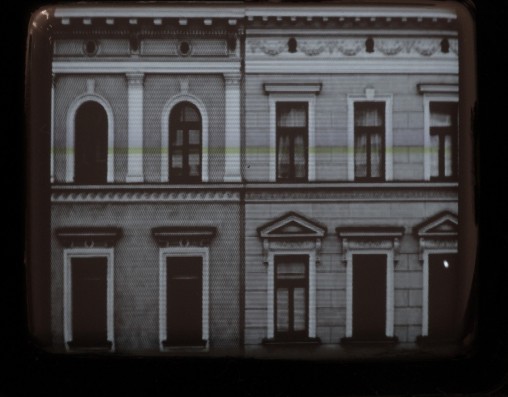It was only today that I was reading about the flip-flop process, the process of pushing a work of art or craft from the physical world to the digital world and back again—maybe more than once. And eventually after a few hours stumbled upon InstaCRT.

Let me explain all this fuss better.
Robin Sloan has written a very thorough piece on the flip-flop process—you’ve already read the definition. In short, this is a quite good example:
- Carve a statue out of stone.
(Physical) - Digitize your statue with a 3D scanner.
(Digital) - Make some edits. Shrink it down. Add wings.
(Still Digital) - Print the edited sculpture in plastic with a 3D printer.
(Physical Again)
This being a very simple example, I suggest you read his post for the complete familiarity with this concept.
InstaCRT is the worlds first real world camera filter. It gives your photographs this digital-to-analog-and-back trip, dubbed flip-flop. And the answer to “How?” is quite magnificent. Upload a photo from your iOS device and a machine (located in a studio in Stockholm, Sweden) receives the photo and projects it onto an CRT screen originally connected to a VHS camera from the 80’s (kids: Wikipedia that). Then, a super modern SLR camera takes a photo of the screen and the InstaCRTized photo is sent back to your iPhone.
Pretty cool, I’ll say. I’ve already tested it—here’s the original photo and that’s how it became after being flip-flopped:
InstaCRT is the result of an unlikely collaboration between developer Martin Ström, filmmaker Ruben Broman and photographer Erik Wåhlström.
Download the app from your local iTunes retail.
—Making photo, via Making Future Magic.
